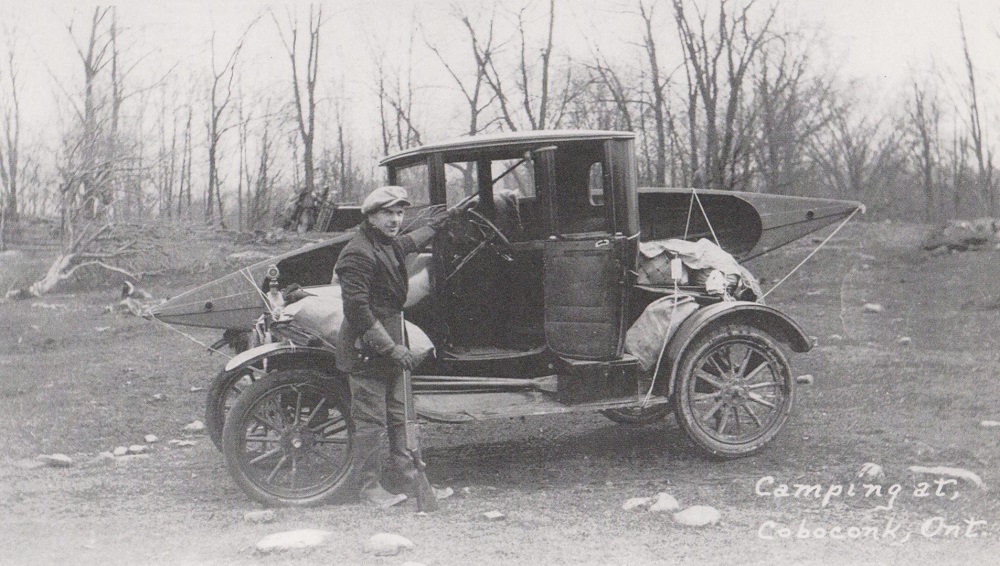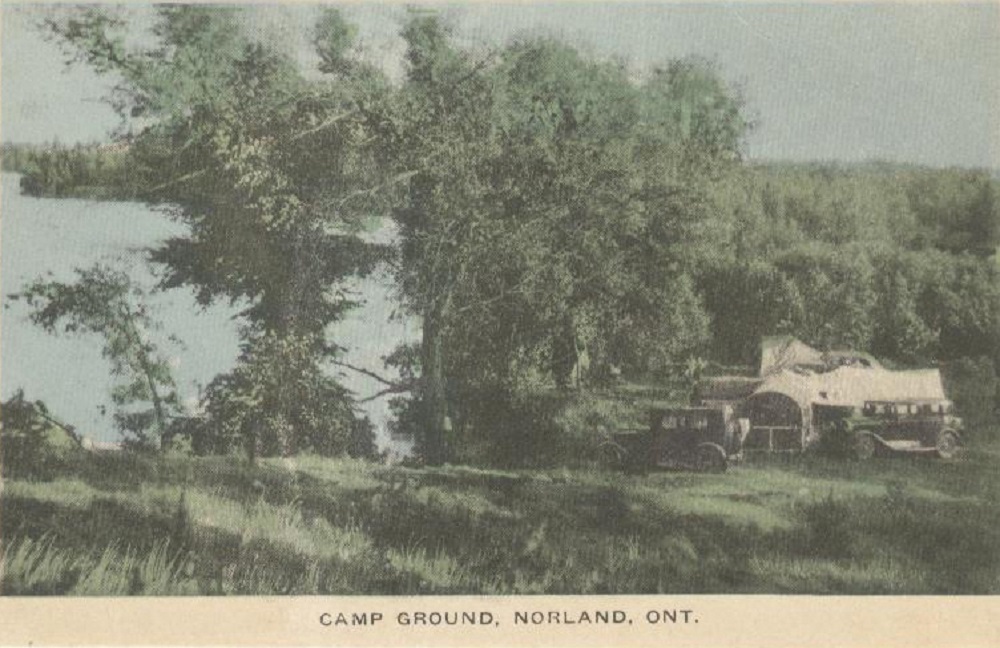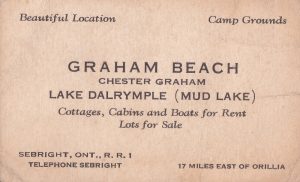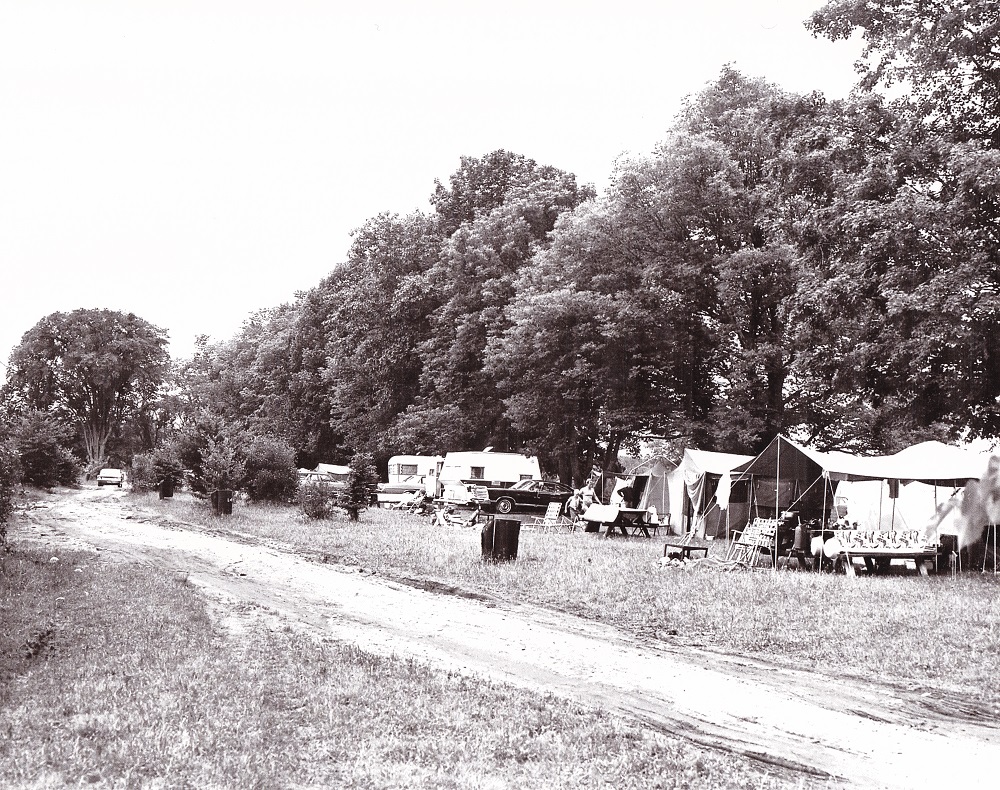Camping
Despite technological improvements that made travel more comfortable, vast numbers of tourists heading into northwestern Kawartha Lakes still preferred to “rough it” in the bush. Camping was and remains a significant part of the tourist experience in this part of Ontario.
Prior to the opening up of passable roads and provincial highways, campers reached their destinations in canoes or steam launches. Once satisfied with their site, they pitched their tents, built campfires, fished, and frolicked in the waters. Newspaper columns published throughout the 1880s and 1890s are replete with accounts of people who took to the woods around Balsam and other lakes to enjoy a few days of “rusticating,” as camping was sometimes called.
The popularity of Balsam lake as a suitable place for a holiday camp is becoming widespread, and this year this favourite spot is literally alive with campers.
– Watchman, August 12, 1897, Pg. 5
Many of these visitors came from as far away as Toronto and the northeastern United States. They were lured by clever promotional materials, which insisted that a weekend away was just what was needed to regain their mental and physical health.
By the 1920s, these visitors had turned to cars as their principal means of getting to their campsites. A new phenomenon called the “tourist camp” appeared at the roadside. Some of these camps were developed by municipalities and were equipped with fire pits and a water supply. Others were privately-owned and were located in a farmer’s grove, wood-lot, or orchard. Regardless, they laid the groundwork for a camping experience that was uniquely tailored to the motorist.
Balsam Lake Provincial Park, located halfway between Coboconk and Kirkfield, opened for business in 1967. By 1975, its 535 sites were filled to capacity at peak season. Visitors paid $3.50 a night, and an extra 50 cents for electrical hookup.
Many of Balsam Lake’s visitors drove into the park with caravan trailers in tow. Owing to the compact footprint and flexibility of a typical tent, campers could theoretically set up camp just about anywhere. Trailers, by contrast, required larger and more standardized campsites for parking and turning around.
Thus, camping went from being an ad hoc, informal affair in which humans could interact with the wilderness by pitching a tent almost wherever they pleased, to an experience that was almost entirely dependent on the needs of automotive culture.
Robert Wires Discusses the Impact of Balsam Lake Provincial Park. Enjoy this video clip with an English transcript.





